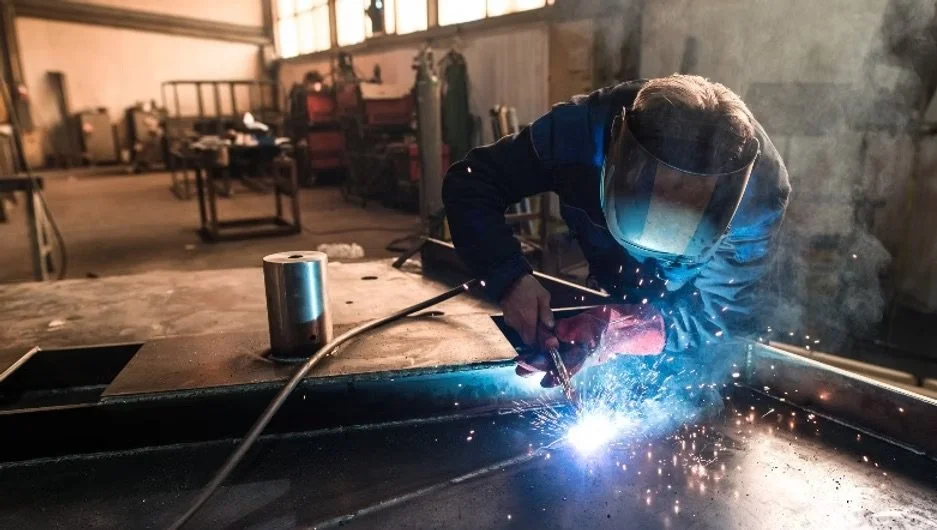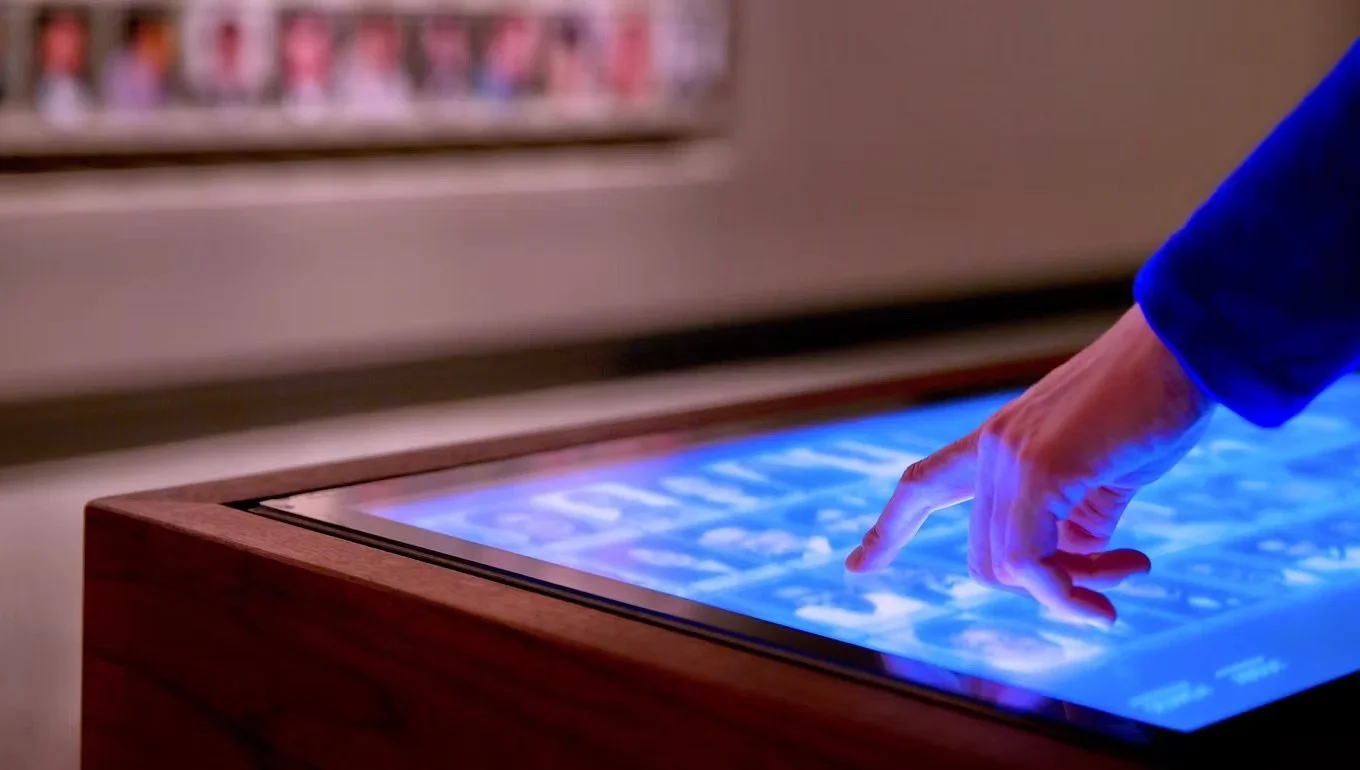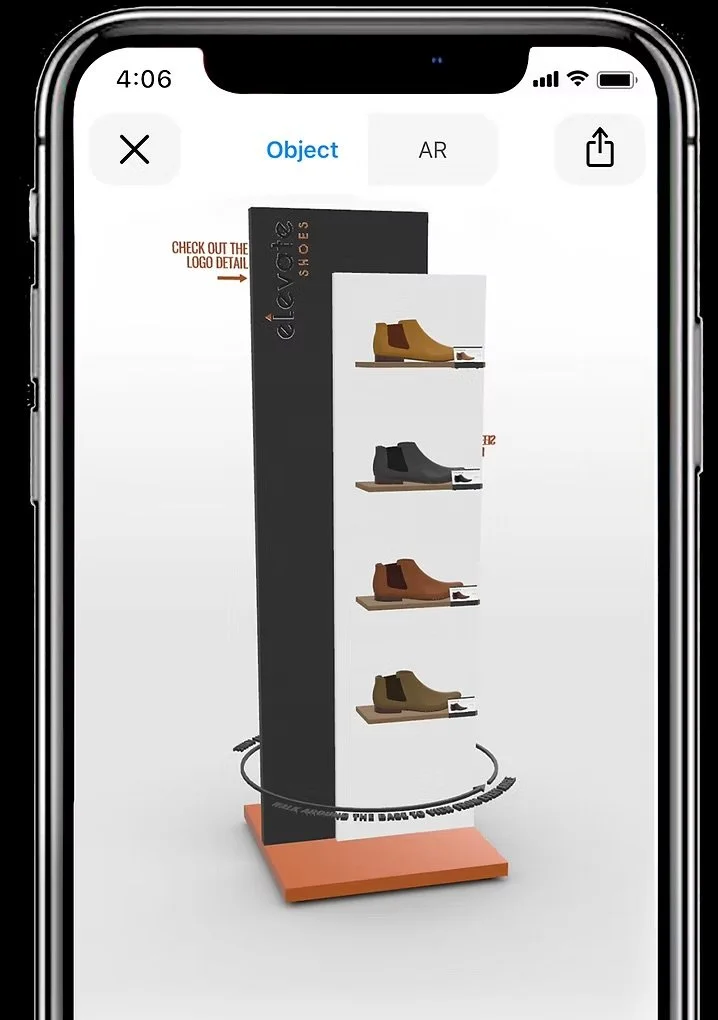must read
knowledge center
You and your company have spent years creating and refining your products to make them perfect. It’s a labor of love and we want the process of bringing your products to retail to be just as exciting (and less stressful!). At Crux, we move quickly, yet strategically, though proven steps that lead to a successful retail rollout.
wood
Wood is available in three forms: solid wood, plywood and particle board. Each has its benefits depending on scope of work.
Wood is available in three forms: solid wood, plywood and particle board. Each has its benefits depending on scope of work.
Make it stand out
Whatever it is, the way you tell your story online can make all the difference.
Solid Wood – Due to its natural essence, Solid wood is a popular choice for displays. It’s robust and versatile and offers a wide range of options for creating a distinct look. You can easily stain or paint the wood to match your desired visual presentations, creating an unmatched customer experience.
Plywood – Plywood is a common choice for creating a unique natural aesthetic for a retail display. It can be left unfinished or stained to highlight the layered cut edge and top veneer. Plywood is also a great material option for its strength to weight ratio.
Particle Board/MDF – Manufactured boards, like particle board or MDF, are low-cost alternatives for display construction. They can be finished with a wide variety of paint, membrane press, laminate, and edge band options to create any desired appearance.
printing
Each printing type has its specific uses, influenced by factors such as the quantity needed, the quality of the image, the type of material being printed, and cost considerations.
Each printing type has its specific uses, influenced by factors such as the quantity needed, the quality of the image, the type of material being printed, and cost considerations.
Make it stand out
Whatever it is, the way you tell your story online can make all the difference.
Here are three of the most common printing processes used in the retail display industry. Each printing type has its specific uses, influenced by factors such as the quantity needed, the quality of the image, the type of material being printed, and cost considerations.
Digital Printing – This encompasses a variety of methods including small format (for brochures, product cards, labels, etc.) and large format (for large signage, display graphics, banners, wall wraps, etc.). In digital printing, ink is applied directly to the print substrate. Digital printing is environmentally friendly as it produces low amounts of waste material.
Screen Printing – This method transfers ink through a mesh screen onto the printing surface, except in areas made impermeable to the ink by a blocking stencil. Screen printing is versatile and can be used with various materials, including textiles, ceramics, wood, paper, glass, and metal.
Offset Lithography – This is one of the most common types of printing for high-volume needs. It involves transferring an inked image from a plate to a rubber blanket and then onto the printing surface. It’s particularly effective for printing on flat surfaces, including paper, cardboard, and other materials.
Popular printing substrates for retail displays
Styrene
PVC (Expanded PVC or ‘Sintra’)
Paper
Corrugated (paper or plastic)
Foam Board
Magnetic Sheets
Fabric
Acrylic
metal
Metal is an excellent choice for custom display construction due to it’s durability, strength, adaptability, and positive environmental impact. Steel and aluminum are easily and infinitely recyclable.
Metal is an excellent choice for custom display construction due to it’s durability, strength, adaptability, and positive environmental impact. Steel and aluminum are easily and infinitely recyclable.
Make it stand out
Whatever it is, the way you tell your story online can make all the difference.
Metal is an excellent choice for custom display construction due to its durability, strength, adaptability, and positive environmental impact. Steel and aluminum are easily and infinitely recyclable.
Types of metal used in retail displays:
Sheet – (steel or aluminum) Sheet metal can be cut, stamped, rolled, formed, and welded into just about any shape imaginable
Wire – (steel) Wire is an endlessly versatile form of metal that can be used for structural or cosmetic accents on a retail display
Tubular – (steel or aluminum) Square, rectangular, or round. Tubular steel is inherently strong and can be used for a variety of structural elements on a retail display.
Explore a wide range of finishing options to achieve your desired looks. Let the creative process reveal inspiring possibilities, and then dive into different ways to bring your vision to life.
interactive technology
There are numerous interactive experiences utilizing technology that can be introduced to the retail space, enhancing the customer experience.
There are numerous interactive experiences utilizing technology that can be introduced to the retail space, enhancing the customer experience.
Make it stand out
Whatever it is, the way you tell your story online can make all the difference.
What experience do you want to create for the customer?
Once you have identified the desired customer experience, you can begin to identify the necessary tools to achieve your vision.
- Power: Will a source of power be available or will batteries need to power the device? Displays that are constantly on (plugged-in) have a higher percentage of interaction than those that a dormant (battery).
- Screen Size: What will be the customer's viewing distance? What size gives the best user experience?
- Content: HTML, custom application? Who will be building and maintaining the content? Do you want this managed for your brand?
- Touch: Are you displaying content for viewing only, or do you want the customer to interact with the screen?
- Connectivity: If necessary, will the store allow a connection to their network, or is a cellular connection needed?
- Updates: How will the content get updated and how often? Will you push content remotely or update manually on each device?
- Peripherals: What other items could be incorporated into the interactive experience? Simple push buttons, automatic "product lift" activation sensors, RFID tags, printers, motion activation, etc.?
- Data: Is it important to get user interaction data? If so, what data is needed to show a successful program?
- Sound: Will sound be needed? Will it constantly be on or only activated when someone is viewing content? Store associated may turn off devices to avoid hearing repetitive sounds.
Start by considering the desired experience then evaluate if a device is necessary to achieve those objectives. A screen isn't always the optimal solution and shouldn't be the primary focus.
- Light can captivate attention and create unique focal points, eliminating the need for a screen.
- Sound can engage a customer and bring them into an experience with your product.
- Smell has the ability to instantly elicit emotions and memories unique to each individual customer.
The ultimate goal is to CREATE AN UNFORGETTABLE EXPERIENCE!
Augmented Reality
Wood is available in three forms: solid wood, plywood and particle board. Each has its benefits depending on scope of work.
As a part of our design process, we can build your custom design in our Augmented Reality engine to enable rapid design feedback before moving to the expense o






